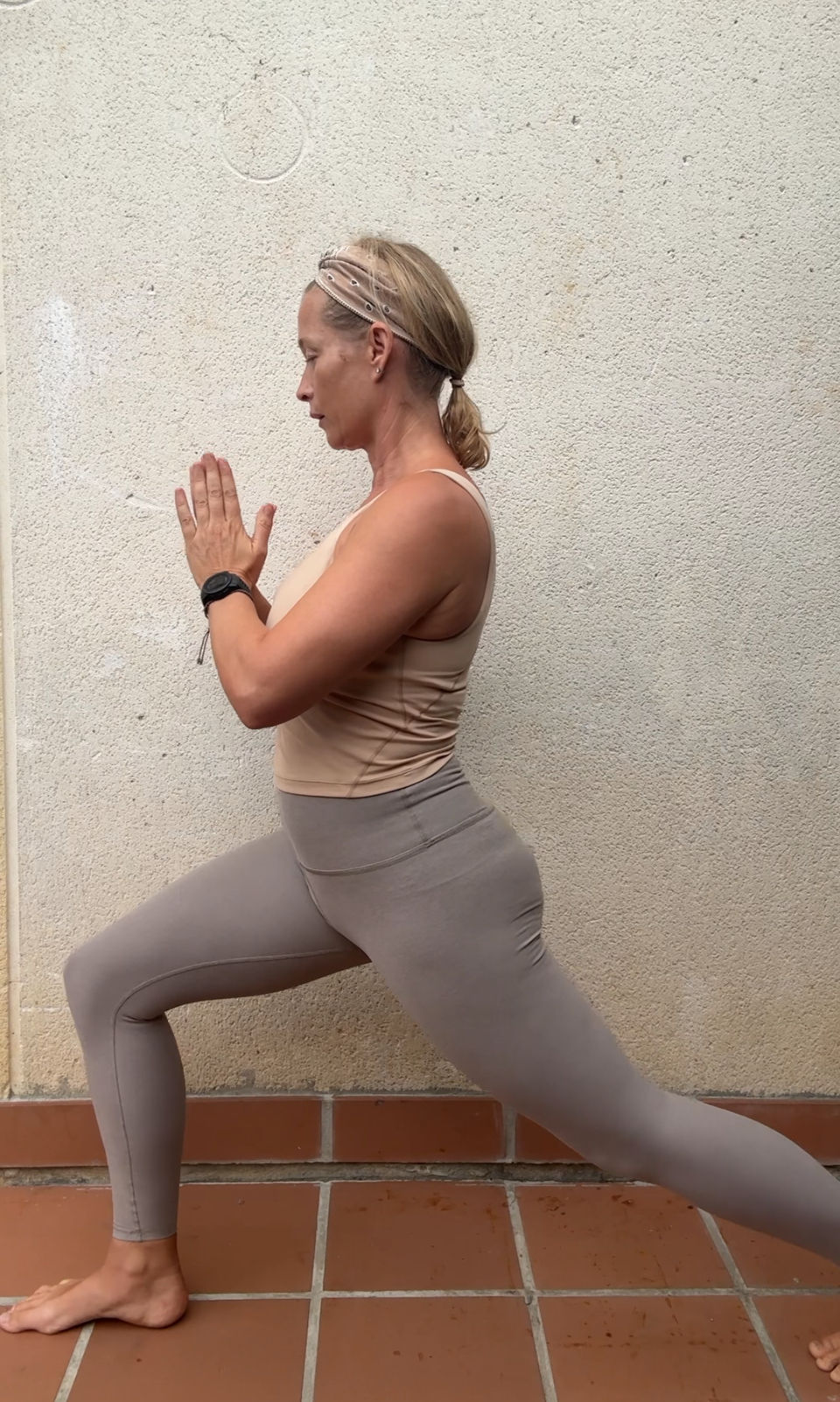Meditation in Action: Integrating Mindfulness into Your Yoga Practice
- Shaini Verdon
- Jan 10, 2023
- 3 min read
Updated: May 28, 2024

It is widely believed that the original purpose of yoga asana was to prepare the body for meditation. However, one can also embody their meditation in a yoga asana practice: meditation in action, which invites the yogi to observe and become familiar with mental and physical habits, to relax the grip of thought activity, and to kindly abide in the asana. Thus, creating a mindful movement practice.
The process of a mindful yoga practice is similar to that in meditation: as we place our bodies in various shapes and then “sit with” what comes up. This approach transforms yoga from a mere physical exercise into a profound meditative experience, deepening both the practice and the benefits derived from it.
The Synergy of Yoga and Meditation
Meditation is a technique to calm and still the mind, but not necessarily empty it. It is about being rather than doing. The primary focus is to observe the thoughts that arise, but not engage with them, and instead to simply let them pass you by. This non-reactive state of mind can be cultivated during yoga practice, transforming each posture into a moment of meditation in action.
In a traditional seated meditation, the practitioner focuses their attention on a single element of their consciousness, for example, the breath, bodily sensations, or the sounds around them. This focused attention helps to cultivate mindfulness and awareness. Similarly, in a yoga practice, meditation in action can be achieved by focusing on a single element of the bodily experience while holding an asana.
How to Practice Meditation in Action
Focusing on Breath
In your asana, concentrate on the breath. Notice the rhythm of your inhalations and exhalations, the way the air enters and leaves your body. This breath awareness not only calms the mind but also ensures that you are breathing correctly and deeply, enhancing the benefits of your yoga practice.
Alignment and Proprioception
Pay attention to your alignment and the placement of your body in space (proprioception). This mindfulness of your physical form helps prevent injury and ensures that you are performing each asana correctly, maximizing its benefits. It's a practice of being fully present in your body and aware of every movement.
Sensations and Emotions
Observe the sensations and emotions that arise while in the posture. These can range from physical sensations like stretch and strength to emotional responses such as frustration or joy. By acknowledging these feelings without judgment, you cultivate a deeper understanding of your body's responses and your emotional landscape.
Benefits of Meditation in Action
Practising meditation in action during yoga has numerous benefits. It deepens the physical practice, making each movement more intentional and effective. It also enhances mental clarity and emotional balance, as the practitioner learns to observe and let go of distracting thoughts and emotions. This integration of mind and body promotes a holistic sense of well-being.
Reflect on how it feels to practice your asana like this. What sensations do you experience during and after practice? Practising mindfully and with awareness not only enriches your yoga experience but also brings the principles of meditation into your everyday life.
Conclusion
Incorporating meditation in action into your yoga practice can transform a routine physical exercise into a deeply meditative and mindful experience. By focusing on the breath, alignment, and sensations, you can cultivate a state of mindfulness that enhances both your yoga practice and your overall sense of well-being. Embrace the practice of meditation in action, and discover a new depth to your yoga journey.
with love,
Shaini



Comments